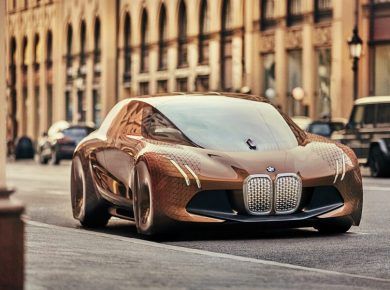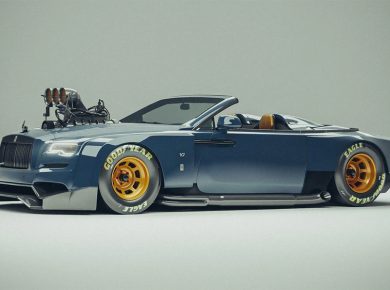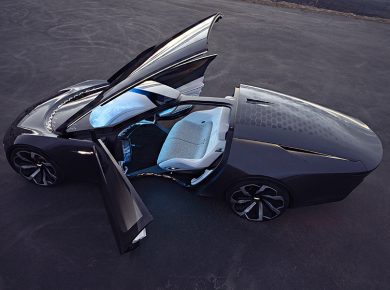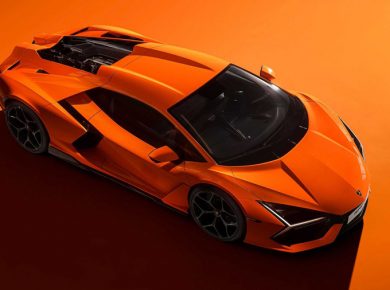
Lotus is setting the stage for future innovations with the unveiling of its latest concept car, the Theory 1. This model not only nods to the storied Lotus Espirit but also leaps towards futuristic design and technology. The Theory 1 features a dual-motor electric powertrain that delivers an impressive 986 horsepower, enabling a top speed of 199 MPH (making it one of the fastest cars in the world) and an acceleration time of less than 2.5 seconds from zero to 62 mph.

This concept car is built with a 70kWh battery that offers up to 250 miles of range, under optimal driving conditions. The construction of the Theory 1 is a testament to Lotus’s commitment to light-weighting, featuring a carbon fiber body that tips the scales at 3,520 pounds—a figure that might have founder Colin Chapman raising an eyebrow.

The design of the Theory 1 is distinctly Lotus, showcasing an extreme wedge shape and butterfly doors, reminiscent of high-performance sports cars. Its interior stands out with a unique three-seat configuration, akin to the McLaren F1, focusing on the driver’s experience. Lotus introduces “Lotuswear” in this model, a collaboration that embeds adaptive textile robotics in the seat and steering wheel, offering haptic feedback to aid in navigation and interaction.


Lotus Theory, a new design initiative by the brand, makes its debut with the Theory 1, aiming to blend digital, natural, and analog elements – aptly summarized in its new DNA acronym. Despite its robust specifications, the Theory 1 remains a concept, hinting at the design direction Lotus may explore in their future models, especially the anticipated Lotus Type 135.

The combination of advanced technology, lightweight materials, and electrifying performance aligns with the expectations from a modern Lotus, making the Theory 1 a fascinating peek into what the future of sports cars might hold. While there is no confirmation on production, the innovations seen in the Theory 1 could influence the next generation of Lotus vehicles, blending heritage with avant-garde technology.











